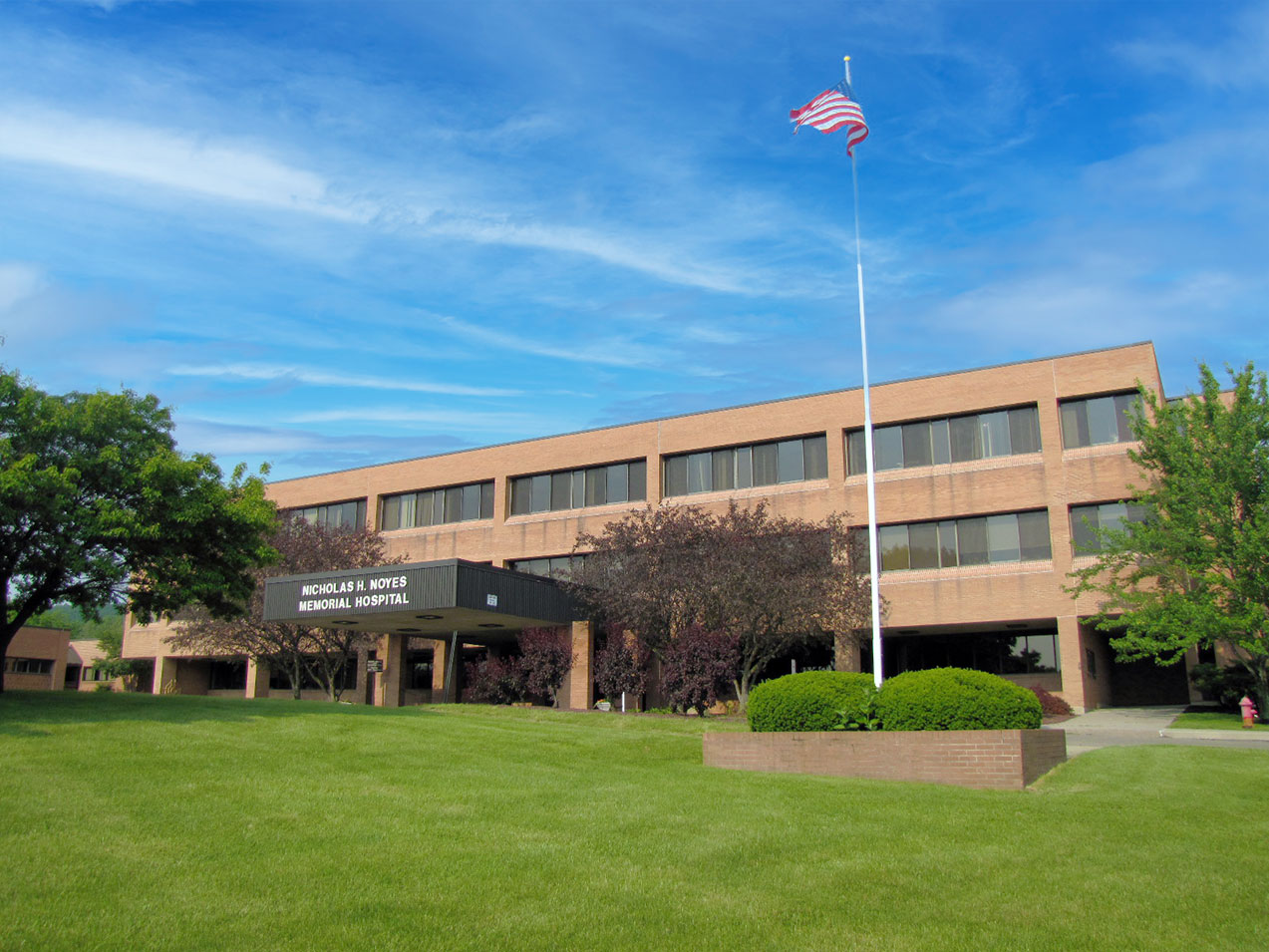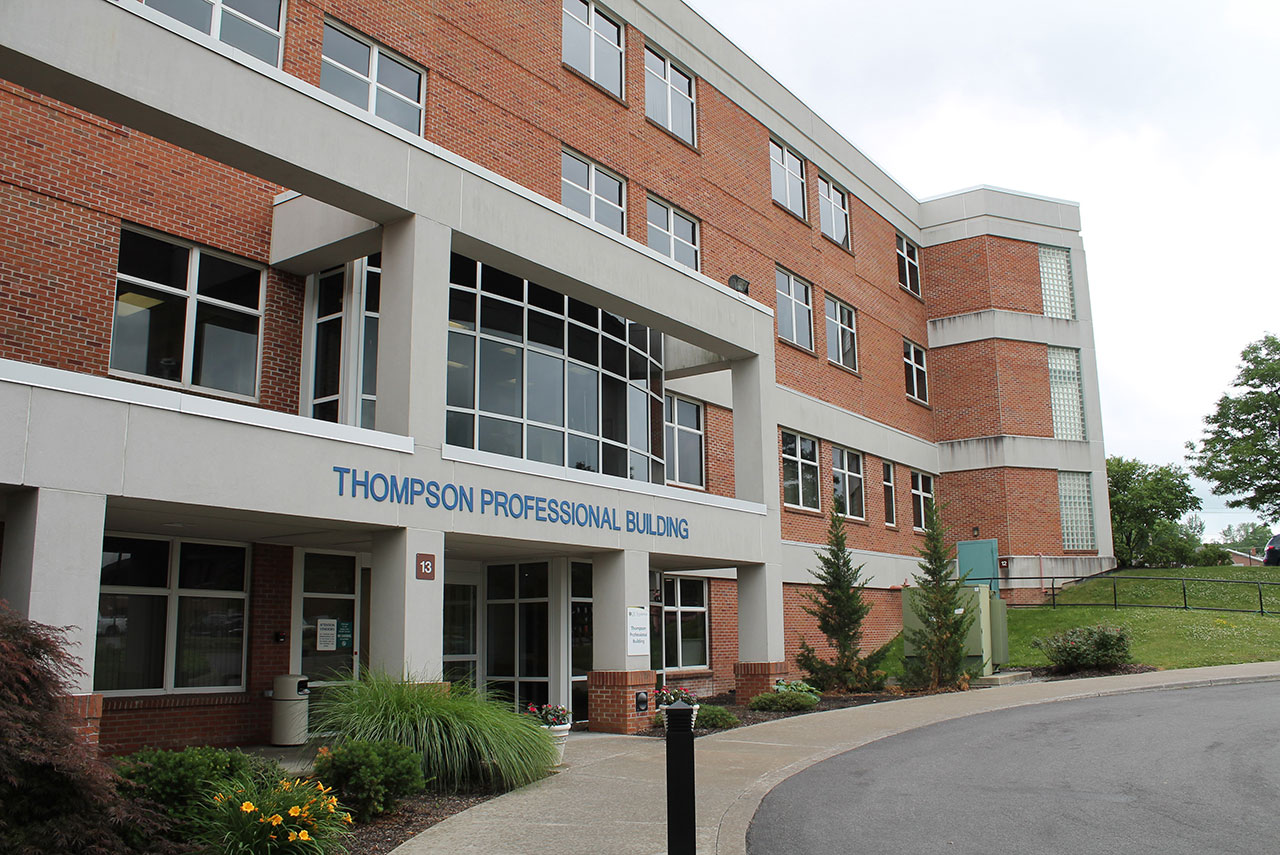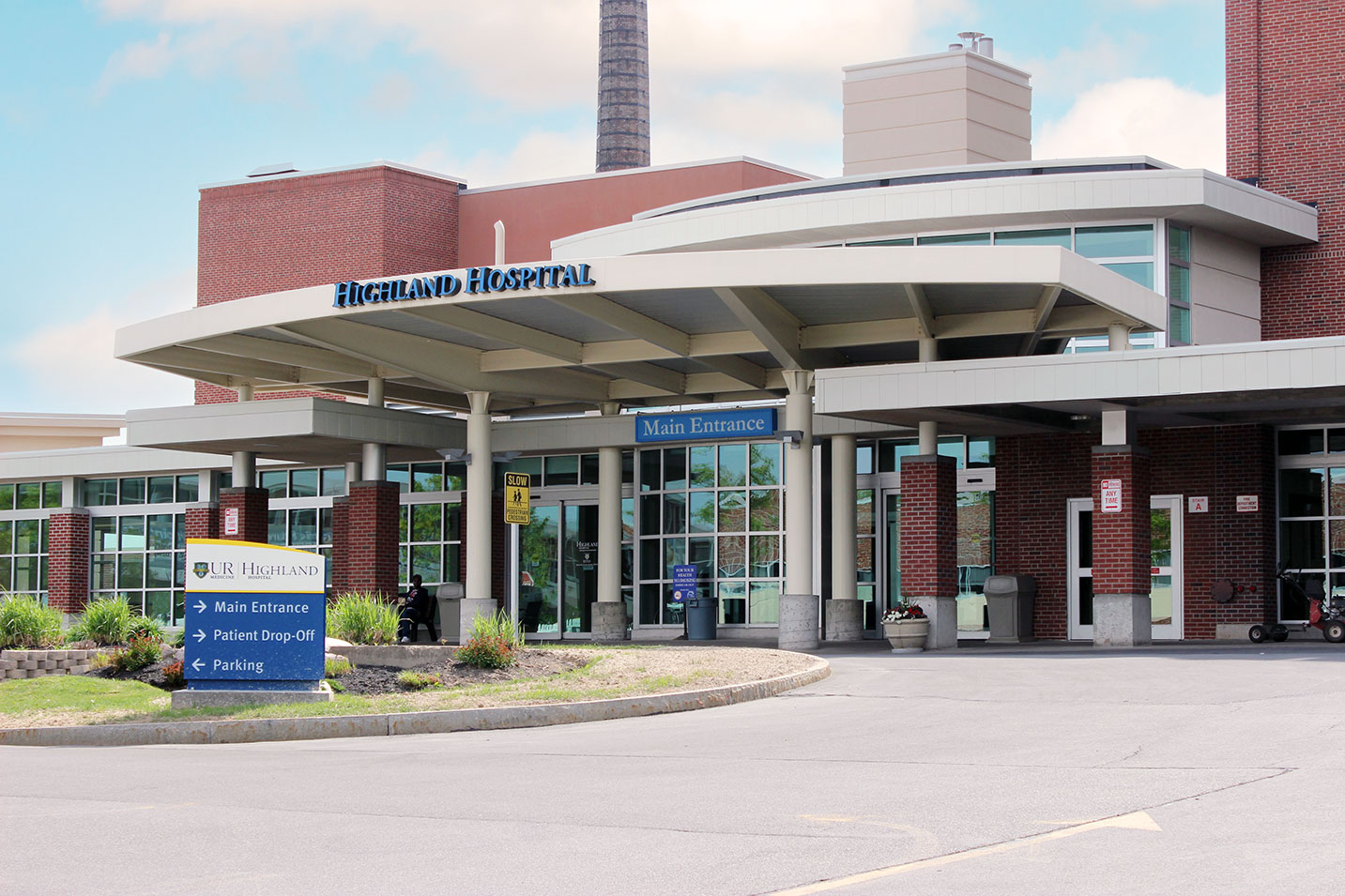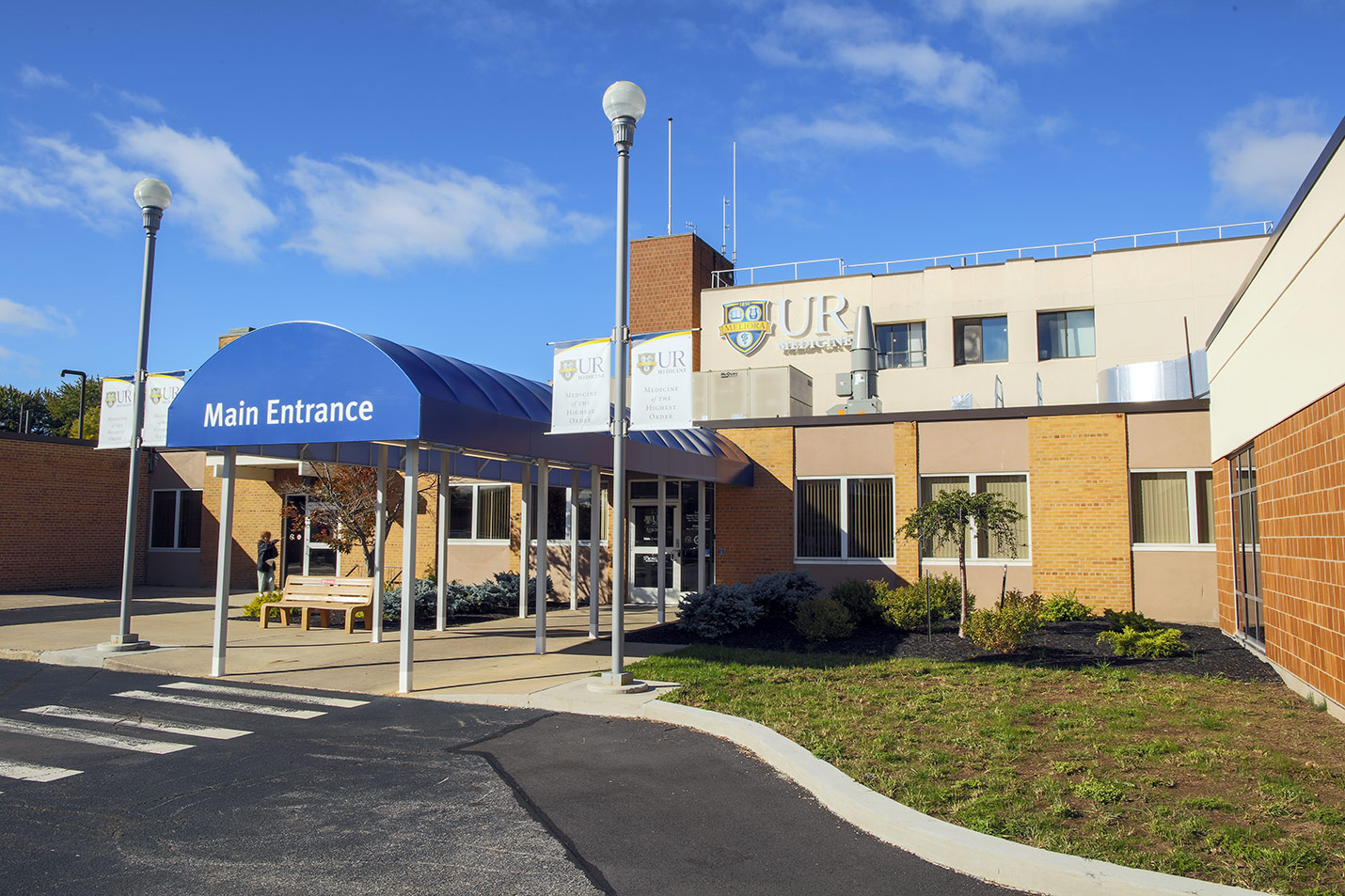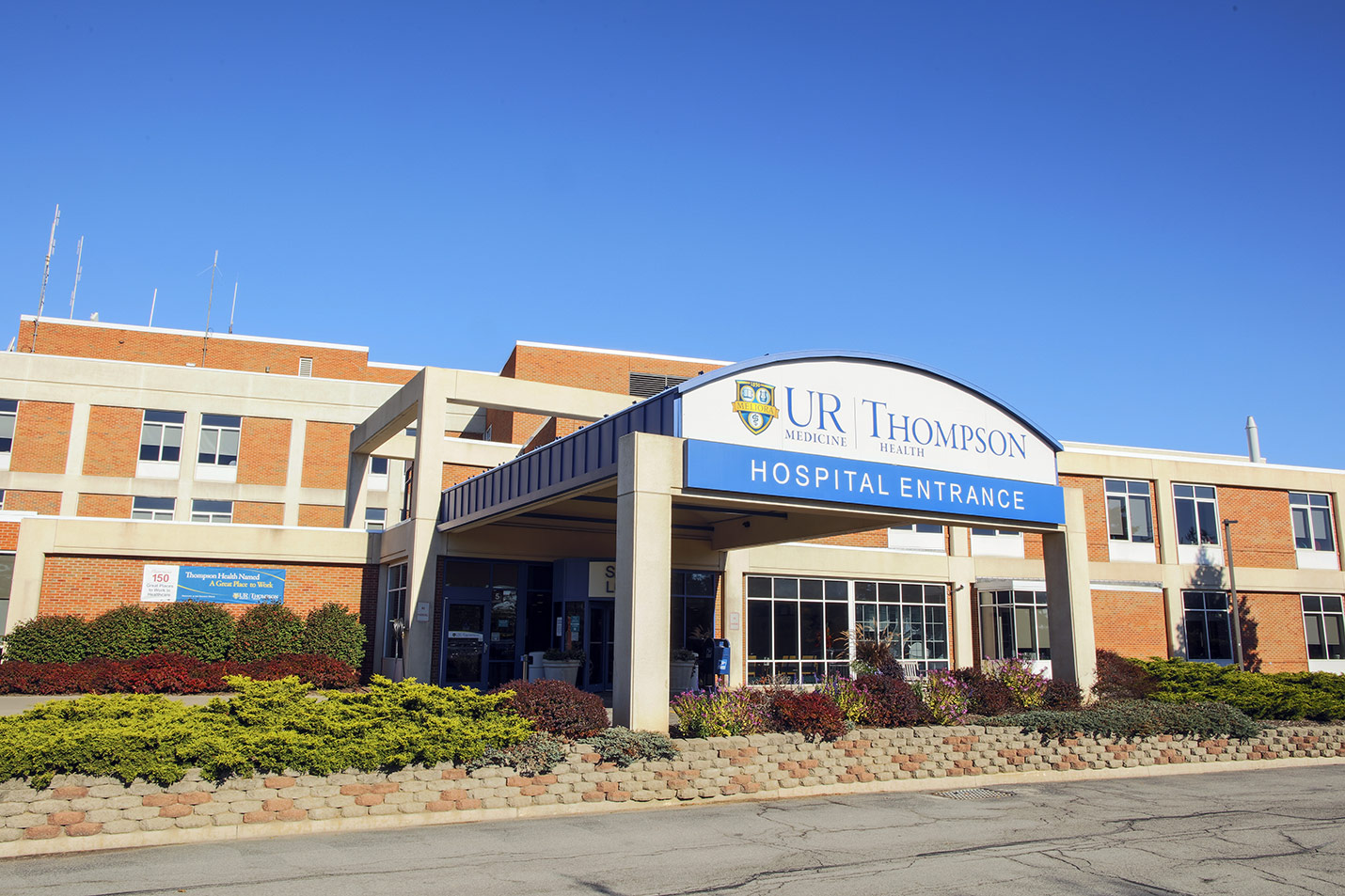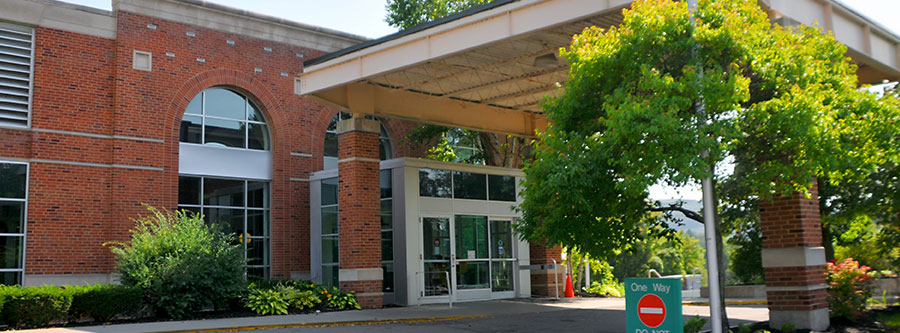Aortic Aneurysm
Make Appointments & Get Care
What is Aortic Aneurysm?
Aortic aneurysm is an abnormal enlargement or bulging of the aorta, the main blood vessel leading blood away from the heart to the body. This happens most often in the abdominal aorta, an essential blood vessel that supplies blood to your legs.
This can be a life-threatening disease if not discovered early. Over time, the blood vessel can burst or separate (known as dissection).
The cause can be genetic or due to conditions such as hardening of the arteries (atherosclerosis) or degenerative disease. Risk factors for aortic aneurysms include being male, age 60 and over, having a history of smoking, and history of aneurysms in other family members.
What Are the Symptoms of an Aortic Aneurysm?
Most people with aortic aneurysms have no symptoms. When symptoms do occur, they can depend on location, size, and how fast the aneurysm is growing. Sudden, severe pain associated with an aortic aneurysm may be a sign of a life-threatening medical emergency. Symptoms of an aneurysm can include:
- Pain in the chest
- Pain in the abdomen or back
- Pulsing in the upper part of the abdomen
If aneurysms rupture, they are usually very painful and are considered a medical emergency.
UR Medicine's Treatments for Aortic Aneurysm
Aortic aneurysms are usually discovered through an echocardiogram ultrasound test or a CT scan.
If the aneurysm is less than 5 cm (or 2 inches) and not growing rapidly, your doctor might recommend a repeat ultrasound and observation. If the aneurysm is 5.5 cm or larger, or if it is expanding rapidly, surgery to repair the aneurysm with a UR Medicine vascular surgeon is usually recommended.
- Monitoring with ultrasound or CT scan is done to track the size and rate of growth of the aneurysm.
- Managing risk factors: Steps to improve your lifestyle, such as quitting smoking, controlling blood sugar if you have diabetes, losing weight if overweight, and eating a healthy diet may limit the progression of an aneurysm.
- Medicine: Your doctor may prescribe medications to control risk factors such as high cholesterol or high blood pressure.
- Thoracic aortic aneurysm open repair: If an ascending aneurysm involves damage to the aortic valve of the heart, the valve may be repaired or replaced by a trained vascular surgeon. For a descending aneurysm, the surgeon might need a larger incision to see the aorta directly to repair the aneurysm.
- Thoracic Endovascular Aortic Repair (TEVAR): TEVAR is a minimally invasive surgery using a stent to help prevent the aneurysm from bursting. A vascular surgeon and a team of specialized healthcare providers will perform the surgery.
What Sets Us Apart?
UR Medicine leads the Rochester metropolitan area and surrounding region in the number and scope of specialized heart services. Our team of experts includes cardiac surgeons, vascular surgeons, cardiologists, interventional cardiologists and cardiovascular imaging specialists.
UR Medicine vascular surgeons are national leaders in the minimally invasive treatment of complex aneurysms. Strong Memorial Hospital was the first site in Upstate New York to treat an aneurysm with an off-the-shelf device designed to preserve blood flow to the kidneys and intestines. Our surgeons are active in the development of new technologies to treat aortic patients.
We work with patients to understand the benefits and risks of each treatment option, while coordinating consultations with the full-range of specialists to provide a seamless experience for patients and their families. Our specialty programs ensure that you get the very latest treatments for a wide range of conditions.
Locations
View All LocationsWe serve you in the Rochester metropolitan area and surrounding region.
View All Locations19 locations
Clinton Crossings, Building G
2400 South Clinton Avenue, 1st Floor
Rochester, NY 14618
Noyes Memorial Hospital
111 Cara Barton Street
Dansville, NY 14437
Thompson Professional Building
395 West Street, Suite 307
Canandaigua, NY 14424
48 East South Street, 2nd Floor
Geneseo, NY 14454
Highland Hospital
1000 South Avenue
Rochester, NY 14620
999 East Ridge Road, Suite 1000
Rochester, NY 14621
1835 Fairport Nine Mile Point Road, Suite 200
Penfield, NY 14526
Calkins Corporate Park (Red Creek)
600 Red Creek Drive, Suite 100
Rochester, NY 14623
Lifecare Medical Associates
1991 Balsley Road
Seneca Falls, NY 13148
Strong West
156 West Avenue, 3rd Floor
Brockport, NY 14420
Jones Memorial Hospital
191 North Main Street, 3rd floor
Wellsville, NY 14895
St. James Medical Office Building
7309 Seneca Road North, Suite 104
Hornell, NY 14843
Canal View Office Complex
140 Canal View Boulevard, Suite 104
Rochester, NY 14623
Ambulatory Care Center at Strong Memorial Hospital
601 Elmwood Avenue, Ground Floor
Rochester, NY 14626
Canal View Office Complex
140 Canal View Boulevard, Suite 102
Rochester, NY 14623
FF Thompson Hospital
350 Parrish Street
Canandaigua, NY 14424
Jones Memorial Hospital
191 North Main Street
Wellsville, NY 14895
